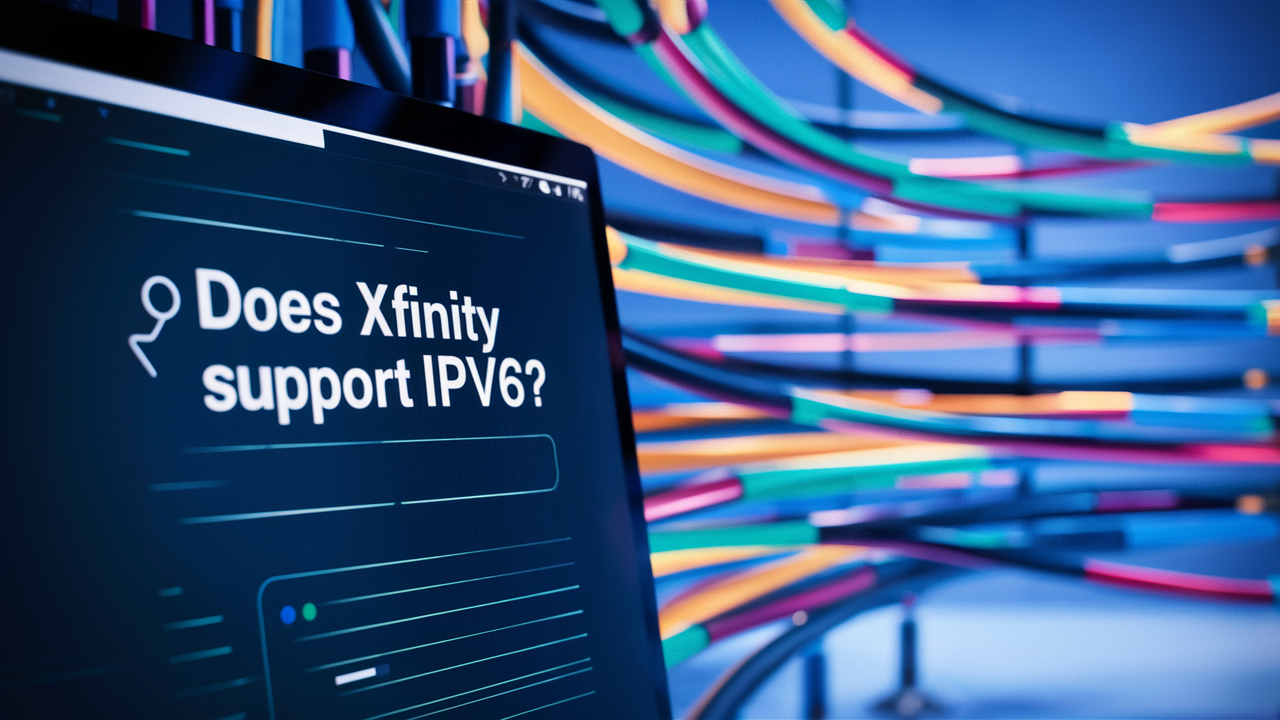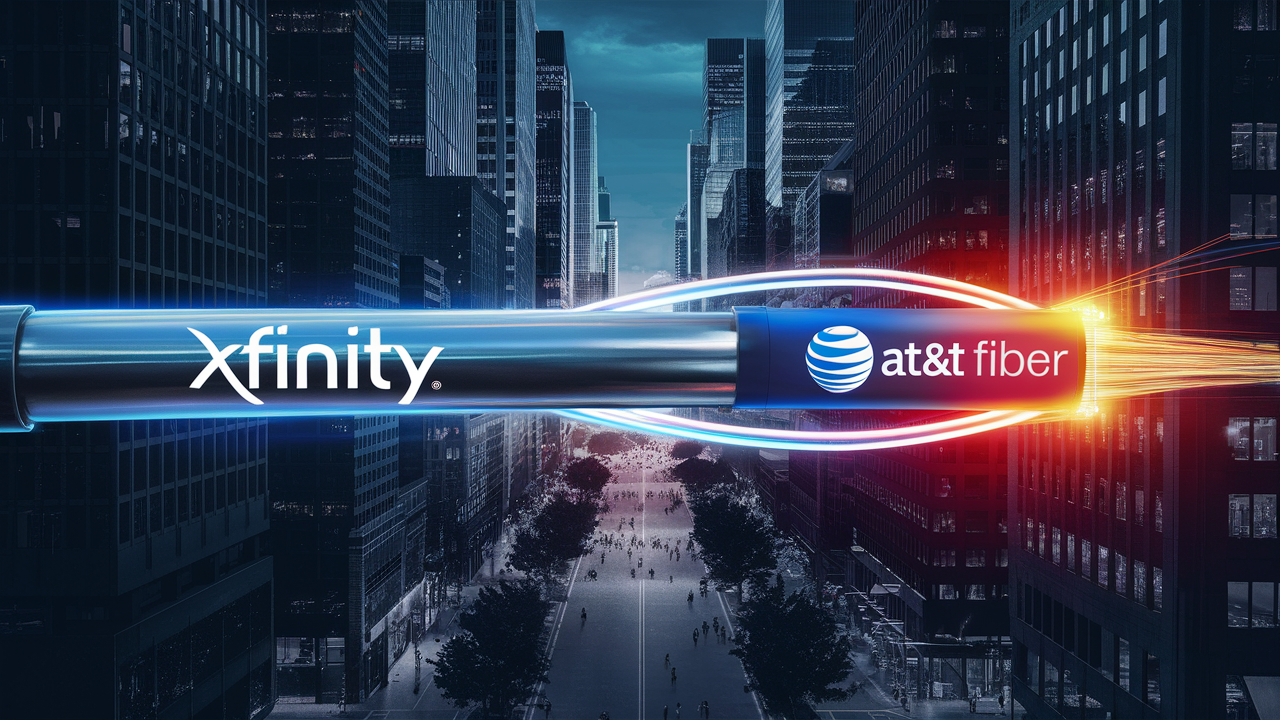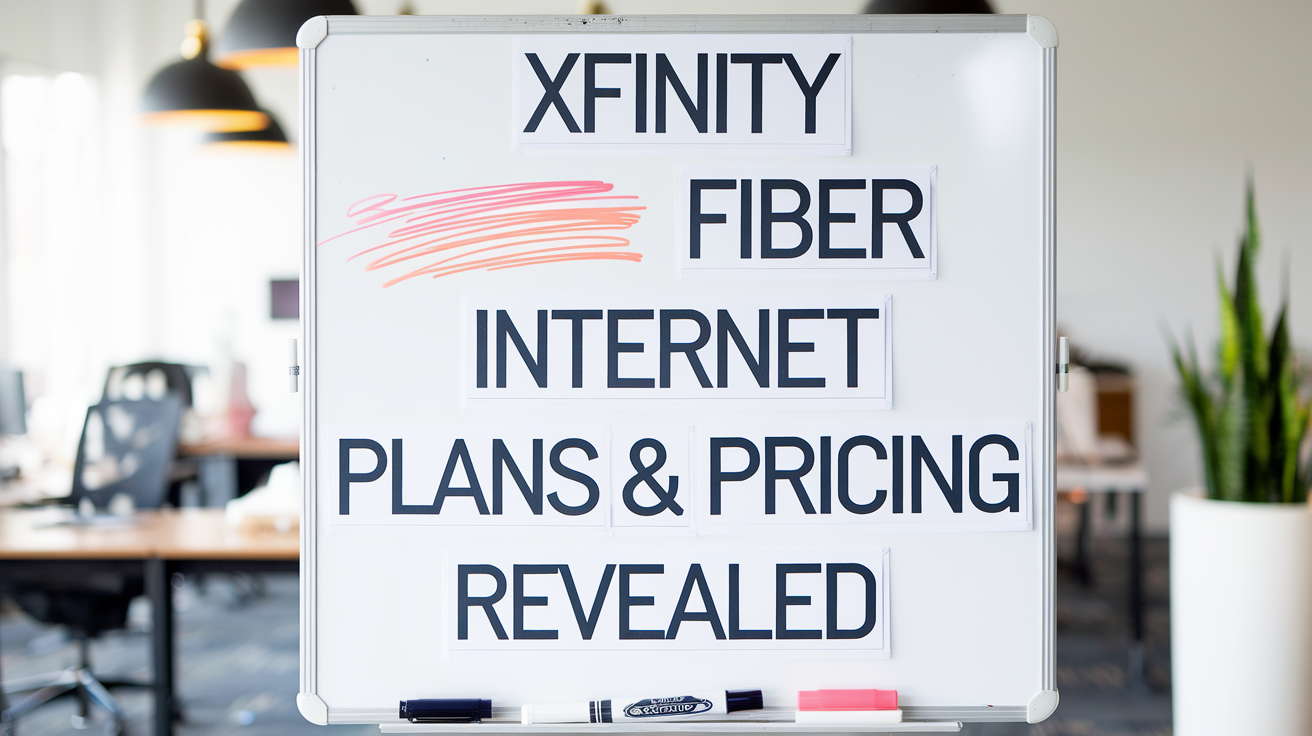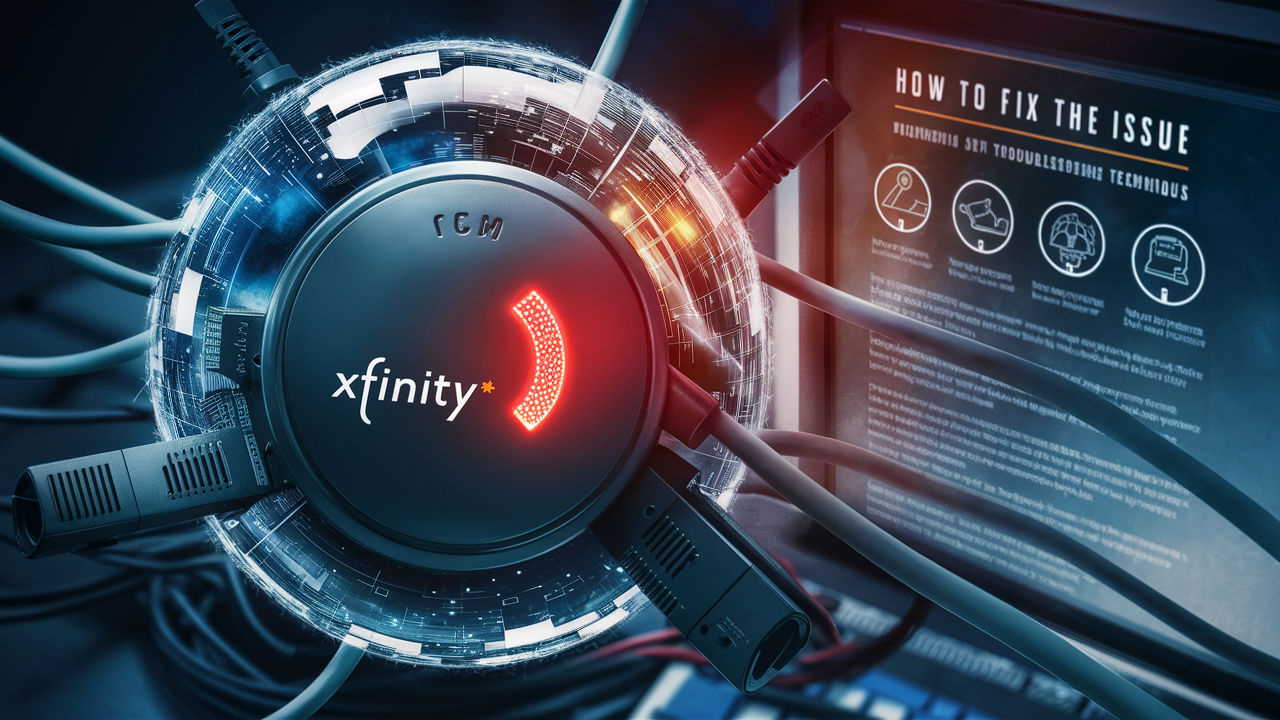Does Xfinity Support Ipv6?

Xfinity is the new name for Comcast and is one of the biggest cable and high-speed internet in the United States of America. Thus, as IPv6 gains popularity through newer devices and services, customers begin to inquire whether Xfinity supports IPv6. The blunt answer is: yes, Xfinity supports IPv6. However, there is a bit of confusion concerning the relative details of their IPv6 offerings. Here is some general information about Xfinity and IPv6:
What is IPv6?
First of all, some fundamental knowledge about IPv6 is required to be revealed. The most recent iteration of the communication protocol by which connected devices to the internet are given a unique address that helps them to identify other devices and interact with them, thus defining IP version 6, IPv6.
Designed to replace the present IPv4 standard, IPv6 has been created to essentially run out of IP addresses available for new devices and services connecting to the internet. For example, IPv6 has a much larger pool of addresses—340 trillion trillion trillion compared to 4 billion addresses of IPv4. As more and more devices are linked to the internet, this assures the future availability of enough IP addresses.
Some key advantages of IPv6 over IPv4 include:Some key advantages of IPv6 over IPv4 include:
- It means that there are significantly more available IP addresses at present than what was available in the year 2000.
- Such built-in IP security and privacy features
- A simplified header for quicker routing
- Support for the networks used in mobile devices
- More convenient and efficient in managing networks
Xfinity and IPv6 Rollout
Comcast has been piloting IPv6 support since way back in 2011. Nevertheless, the further deployment of dual-stack technology for IPv4 and IPv6 for all Xfinity customers occurred only in the autumn of 2014.
Currently, Xfinity has gone on record stating that IPv6 support is available across the entirety of its network for both residential and business users as of 2022. Every piece of present-day Xfinity network equipment including the wireless gateway and xFi Pods incorporate IPv6 addressing and connectivity where current firmware is applied.
For every customer who has plugged in a device in their home Xfinity network, the network will give the device an IPv4 and IPv6 address through a dual IP stack or dual-stack support. This means that services as well as websites that are connected to IPv6 can easily be accessed.
How to Check Whether Your Computer Has IPv6
Unfortunately, Xfinity does not have a solution to turn off IPv4/IPv6 dual-stack connectivity. As long as the account is active, and your wireless gateway is broadcasting your home WiFi network, IPv6 should be supported.
You can confirm if your devices have IPv6 connectivity through your Xfinity internet connection using these options: You can confirm if your devices have IPv6 connectivity through your Xfinity internet connection using these options:
1. Access Gateway Admin Page
Open your Web Browser and navigate to the gateway admin page by typing http://10.0.0.1 in the address bar and pressing enter from any computer or device that is connected to your home network. Select Connection > IPv6. You should see an IPv6 Address, Prefix Length, and Default IPv6 Gateway, if the IPv6 is enabled it will show that.
2. Website IPv6 Test
Check for a site such as Test-IPv6.com or IPv6-Test.com. These websites will tell you if your device is capable of externally connecting to IPv6 Websites. If so, you are using IPv6 from your ISP in active mode.
3. Check Device IP Address
Verify the IP address setting of all the devices that are connected to the router manually. You should be able to see both of them if your device supports IPv6 and if it is working fine from your end from your internet connection.
4. Advanced IPv6 Testing
If you want to get deeper and check the network for troubles, you can use online IPV6 scanning tools like Hurricane Electric’s IPv6 Certification service which will perform a series of tests to make sure you have IPv6 connectivity.
Altogether, Xfinity started offering support for IPv6 in 2014 to residential subscribers while also confirming the full support of IPv6 addressing across the entire network; thus, all customers should be able to leverage IPv6 connectivity.
Deploying IPv6 in Your Network
In case you have ascertained your devices are IPv6 capable from your Xfinity internet connection, you may be interested in how to utilize it.
Here are some recommendations on accessing and implementing devices and services using IPv6 from your home Xfinity network
- When buying new smart home devices or computers, consider buying those that support IPv6 for the future of your network connection.
- If your gaming console, streaming box, or smart TV has IPv6 capability, enable it to use IPv6 for better and smoother performance.
- Choose the cloud hosting or VPN service providers that allow their customers to connect through IPv6.
- If you have some services in your home network that use DNS or DHCP, use the providers that are using IPv6 most reliably.
If the above tips are followed, it will enable you to leverage IPv6 wherever it is available. At the same time, as Xfinity’s network operates IPv6 throughout the world, you are equipped to utilize even more IPv6-only services in the future.
Ready to elevate your home entertainment? Call us now at +1 844-345-0888 to explore the best Xfinity plans for your home! Enjoy fast internet and premium TV options. Don’t wait—get connected today!





